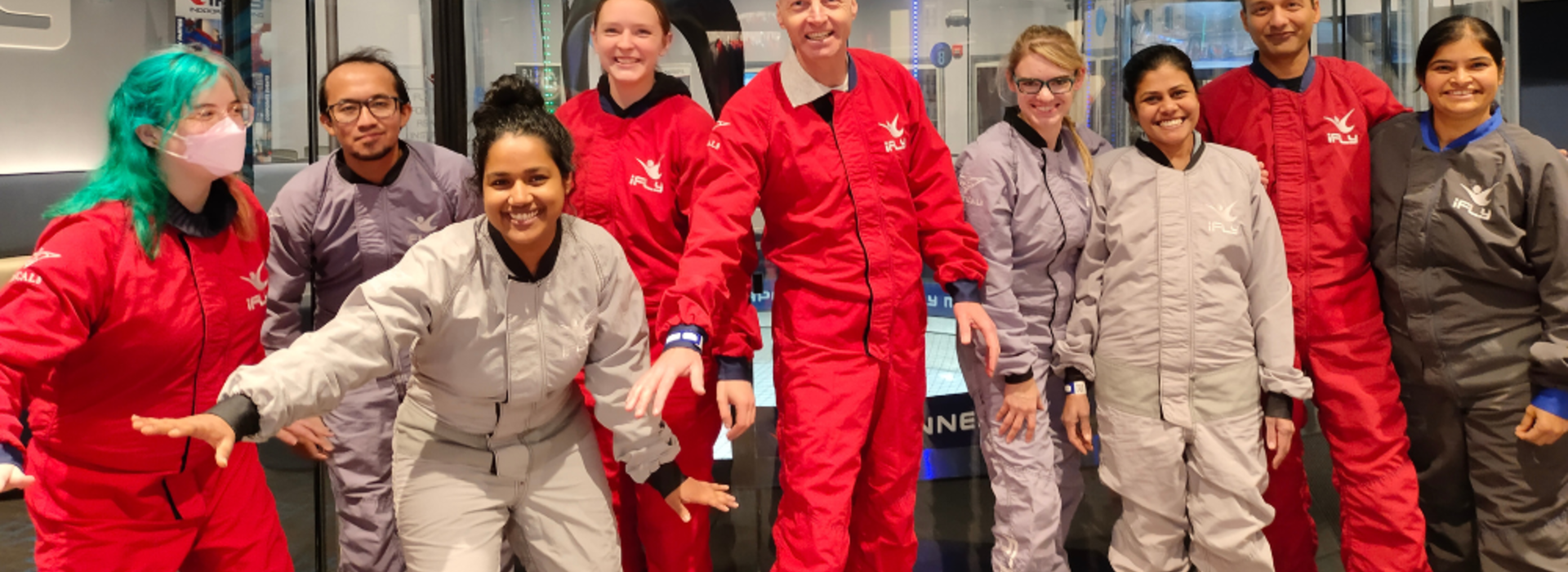
U of M Medical School Researchers Create International Database of HIV-1 Strains Resistant to Neutralizing Antibodies
U of M Medical School Researchers Create International Database of HIV-1 Strains Resistant to Neutralizing Antibodies
Dr. Alon Herschhorn and his research team built the HIResist database to help researchers and clinicians working with HIV-1 identify mechanisms of resistance.
In March, Dr. Alon Herschhorn and his computational biology team, managed by Dr. Milind Misra, launched their publicly-available database, called HIResist, identifying strains of the human immunodeficiency virus type I (HIV-1) that are resistant to neutralizing antibodies. The project, funded by the National Institutes of Health (NIH) and National Institute on Drug Abuse (NIDA), has been five years in the making.
HIResist focuses on HIV-1 strains that escape broadly neutralizing antibodies (bnAbs), specific types of antibodies that can recognize and attack many different strains of HIV-1, even if they are different from the one they first came in contact with.
“Our main goal is to provide the data and computational tools so that anyone can use them and get their own insights for whatever they want to develop,” he says. “Maybe one day it can be used even to predict patterns of resistance.”
bnAbs have great potential to treat viral infections and their discovery led to a lot of excitement and momentum in medical research.
“But I always thought it was important to analyze how HIV can become resistant,” Dr. Herschhorn recalls. “Several years ago, I thought it would be interesting to understand the mechanism of resistance and convinced the NIH to fund our project.”
Dr. Herschhorn knew that HIV is a tricky virus with unprecedented ability to mutate its outermost layer, called the envelope glycoproteins, to evade the body’s immune system. The envelope glycoproteins are the part of HIV-1 that neutralizing antibodies recognize and bind to in order to neutralize the virus, and mutation means that the virus can slip by antibodies undetected to continue wreaking havoc in the body. In creating HIResist, Dr. Herschhorn and his team have made it easier for users all over the world to see resistance patterns and proceed with their research accordingly.
Building the database was a huge lift, and Dr. Herschhorn turned to Dr. Misra to lead the process.
“We literally started from almost a blank page,” Dr. Misra recalls. “There had to be initial planning and conversations about what researchers would find useful, whether that could actually be created and whether this was feasible to do.”
Dr. Misra, whose background is in computational chemistry and biology, works with researchers Charis Liao and Jeffy Jeffy, both currently pursuing master’s degrees in Molecular Science and Software Engineering at the University of California, Berkeley. The team began with a standalone desktop application and used those algorithms to create the website.
“We had this Pandora’s box transporting the app to the website, because web development is a totally different thing,” Misra explains. “Dr. Herschhorn hired the right people who not only know how to program but have a very good view on design.”
Currently, the HIResist website offers two different tools: comparative analysis of HIV-1 strains and cross-sensitivity of HIV-1 strains. As the team continues to flesh out the database, they intend to provide more tools, including heatmaps to provide a graphic interface to resistance analysis, and robust application of already published methods to identify sensitivity and resistance signatures of HIV-1 strains. Misra says that they are keeping user experience top of mind.
“One measure of a good database is whether there’s enough cross-referencing within the database,” he says. “You should be able to move from one screen to the next so that the data seems to be well-connected. We are taking special care doing that.”
“There are still a lot of ways that we can grow, and we continue to develop more tools and provide different ways for people to analyze resistance,” Dr. Herschhorn states. “It’s up to our imagination and practical application of what we can do and how we can develop this.”